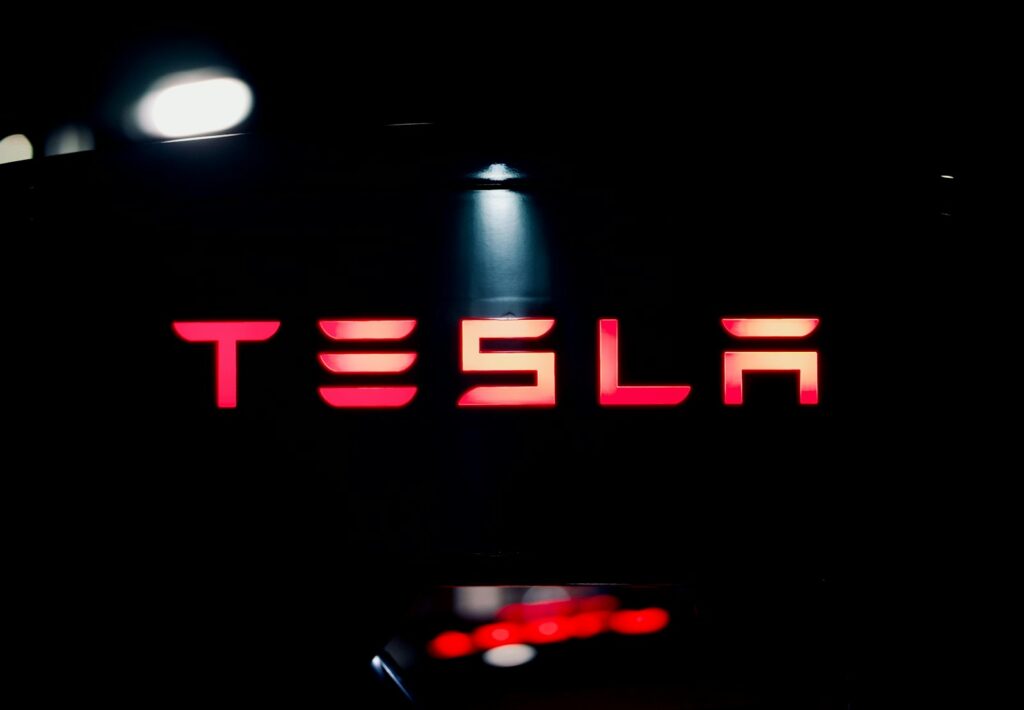When Tesla introduced the Cybertruck, it captivated audiences not only with the vehicle itself but also with its innovative accessories, showcasing a harmonious fusion of innovation and functionality. Among these, the Basecamp tent was particularly designed for seamless integration with the truck’s distinctive bed. However, as the Basecamp tent has now entered the market, disappointment has overshadowed excitement, with early adopters expressing skepticism about its $3,000 price tag and overall value.
The disadvantages of Tesla’s Basecamp Tent
Accessories for trucks open up a realm of possibilities, leveraging the vehicle’s form factor to enhance utility and foster the entertainment of adventure. Given the Cybertruck’s unconventional design, standard off-the-shelf add-ons just won’t do. Tesla’s answer to this is a suite of bespoke accessories, with the Basecamp tent as its crown jewel. Initially, this concept tent, revealed alongside the Cybertruck in 2019, promised an innovative design that seamlessly integrated with the vehicle’s aesthetic. However, as the tents begin to roll out, the reality seems to diverge significantly from Tesla’s grand vision, leaving many users underwhelmed.

Early recipients of the Basecamp have voiced their opinions, and the consensus leans towards disappointment. The tent’s actual appearance and functionality fall short of the sleek renders that were initially advertised. Installation, although touted as straightforward by Tesla, presents its own set of challenges, requiring a trip to the Service Center for the initial setup. However, once past this hurdle, users find the tent to be fairly easy to manage, albeit with some lingering concerns about durability and design flaws that could affect long-term use.
Among the noted issues are minor damages to parts during installation and the cumbersome process of packing and unpacking the tent. Moreover, the absence of the ‘Tent Mode’, a feature that promises auto-leveling of the truck for a more comfortable sleep, leaves much to be desired. Without this functionality, the tent experience feels incomplete, hinting at a potential oversight in product readiness and overall user satisfaction.
The advantages of Tesla’s Basecamp Tent.
Despite these drawbacks, the Basecamp does have its merits. It’s lightweight, which not only significantly impacts the truck’s aerodynamics but also offers an intriguing design that allows for storage beneath the stowed tent. However, it’s a difficult task to utilize these positives to justify the hefty price tag, especially when considering the tent’s unpolished aspects and the availability of alternative camping gear or tent options that could offer better value for money.

While the Basecamp tent marks an ambitious attempt to merge camping with electric mobility, its execution falls short of expectations. Priced comparably to premium camping gear, it raises questions among Tesla enthusiasts about the value of brand-specific accessories. As Tesla forges ahead with innovation, it is hoped that future accessories will better reflect the company’s commitment to seamless and functional design, enhancing the Cybertruck’s pioneering appeal and meeting the high expectations of its dedicated user base.
Related posts:
Tesla starts shipping $3,000 Cybertruck tent, looks nothing like what was unveiled
Tesla Cybertruck’s $3,000 Basecamp Tent Falls Short In Real Life
Tesla Cybertruck’s ‘Basecamp’ Tent Is A $3,000 Disappointment



